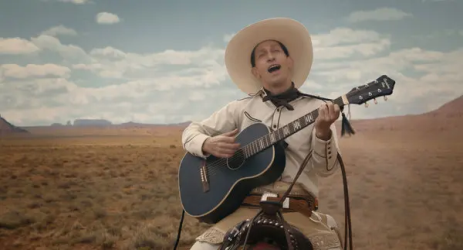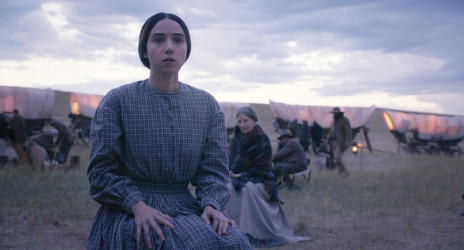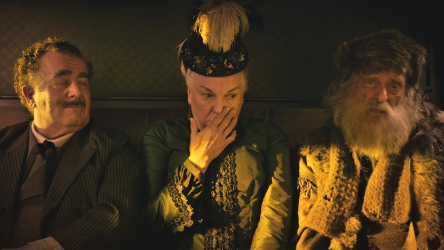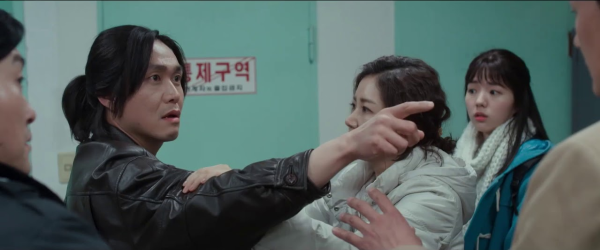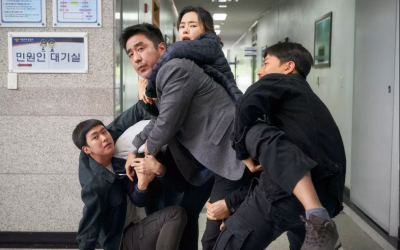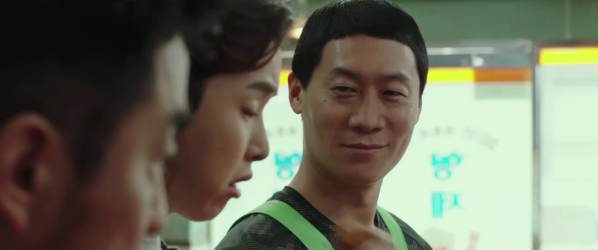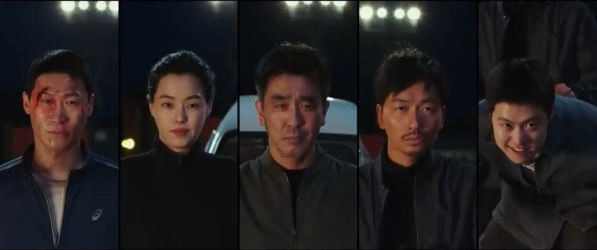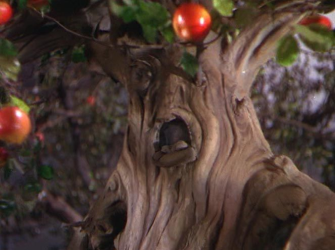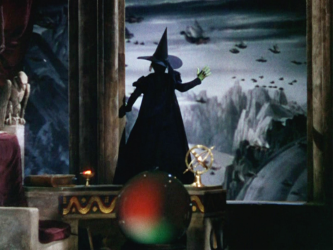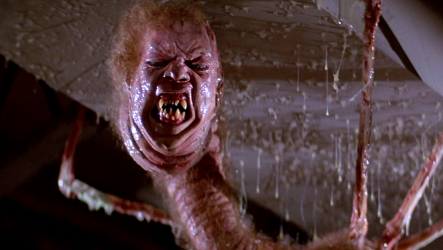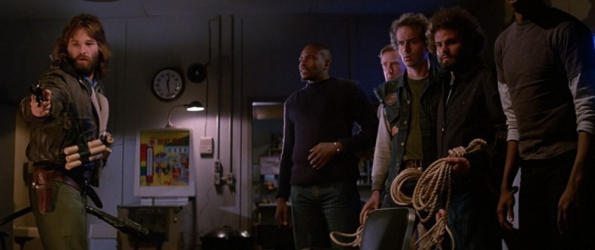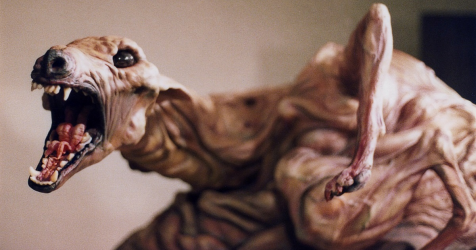Since the passing of the pass of movie, The Boy and I have been AMC stubs/A-list/whatever-they-call-it members. Membership is $20/month and you can see up to three movies a week for free. The trick, the catch, the fly in the ointment and the monkey in the wrench…that’s finding three movies in a month at AMC, especially given this does not cover any of the things we usually go to the AMC for: Rifftrax, TCM Big Screen Presents, and the Hayao Miyazaki revivals. AMC tickets around here are so expensive, $12.50 for a matinee, that you only need to see two movies to make your $20/month back, and we’ve probably managed that for three of the six months we’ve had it. (One Chinatown triple feature makes up for a lot, though.)
So, what a delight to find an actual film—by Peter Jackson, no less!—that we wanted to see and which, while it was in 3D and a documentary, did not disappoint on every frame.

Hardly ANY of the frames were disappointing.
This is a documentary about English soldiers in WWI. It is told entirely in their words, with recording made in the ’70s, and using only archival footage (from a specific source). It’s a moving and intimate portrait of what some have called “The Dumbest War”. (Where “some” is “me”.) There is no narrator, so the movie sort of floats from the beginning of the conflict to the end, without any sense of progress, really, which while highly abbreviated also feels very real. If you’re in the trenches of the war, you often don’t know what’s going on, whether the end is near or even who’s winning.
As a result it’s a kind of unique experience, and less documentarian than one expects out of movie like this. You don’t get facts and figures, or even much in the way of geography: This is all focused on France and trenches. You learn less about The Great War, perhaps, than you do about war, generally. I can’t really think of another film like it, and I can’t really find fault with it.
After the movie proper there is a “making of” feature with Peter Jackson explaining what they did to the footage to bring it to life and how they selected the audio tapes, and how they organized the moving footage (most of it) with the occasional stills (mostly of dead bodies, as it stands out in my mind). This was a tremendous cap to the film.
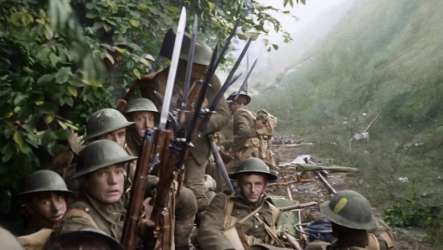
These guys are all about to charge over that ridge.
When you’re watching, it’s pretty clear that the film has been colorized (though you can’t be sure, it’s done so well, and there was color film back in the day), and some depth has been added as well. (This is the least annoying 3D movie I’ve ever seen.) When the sound comes on, you’re sort of amazed, because sound recording, while not impossible, would’ve been very challenging in a war zone.
But of course Jackson has recreated the sound. In an era of “bad lip reading”, his conception of how the sound would be is very, very convincing. In one case, he found the speech being read by the subject. A soldier saying “Hi, mum,” is utterly charming and both expected and unexpected. Actually, the inability of the soldiers to ignore the cameras is charming, a la The Wizard of Oz. Less charming is that these people in many case died shortly after the footage.
I did spot the tactic of showing people in the movie and then showing stills of the corpses similar looking people. Like all of this stuff, it’s fairly moving and gives a sense of things. It’s literal but non-specific, is probably how I’d describe it.
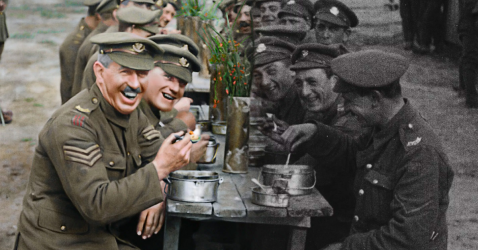
It also seems more lively, more true-to-life.
On the three point scale:
- Obviously the material is worthwhile and the attitudes on display are interesting and noteworthy.
- The presentation is amazing: A fascinating use of state-of-the-art film technology.
- Slant: None that I could see. Not even an anti-war slant, really. At points, the soldiers are saying, “When we weren’t fighting, at times it was just like camping out with the boys.”
Probably the least surprising aspect of the film was discovering that Peter Jackson is a hoarder. When they’re getting the colors for the uniforms, well, of course he happens to have a few WWI English and German uniforms lying around for reference. Need to know what a WWI cannon looks like up close…well, he’s got a couple of those, too. (Though not working, since they had to use modern artillery for the sounds.)
Worth watching and worth watching for the making-of feature, too.
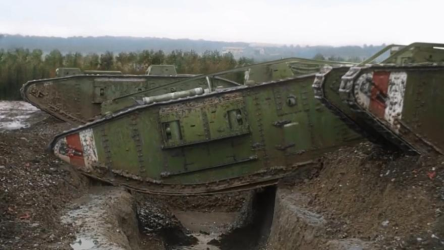
I think Jackson had these in his garage.





